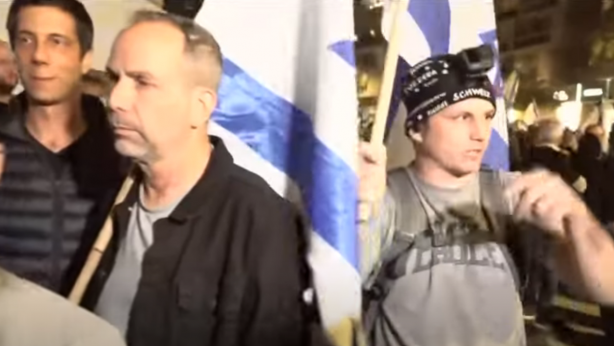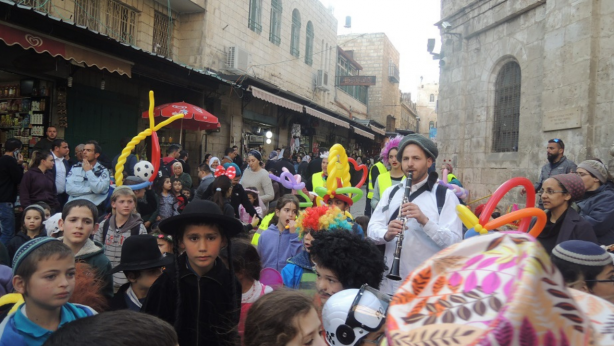Purim and the Journey to Jerusalem
In Megilat Ester, Haman is introduced fairly abruptly. All of a sudden, in the beginning of chapter 3, we read that the King appointed Haman to be his viceroy and then within a few verses Haman is plotting the decimation of the entirety of the Jewish people. Who was this Haman? What is his backstory?
Similar questions can be asked regarding the whole story of Megilat Ester. We know that the story takes place while the Jews are exiled in the Persian Empire, but there are precious little explicit clues regarding the historical context of this period. What else was happening to the Jewish people during the Megialah story? How does it fit into the broader story of the exile of the Jewish people from the Land of Israel and their eventual return?
The Midrash fills in some of the missing details of Haman’s earlier life and contextualizes the events of the Megilah. One aspect of Haman’s personality that is illuminated in these Midrashic teachings is the consistent and trenchant nature of his Antisemitism. The Midrash teaches that before the time of Achashveirosh the Jewish people who had returned to Yeurshalayim began to build the second Beit HaMikdash and the walls around Yerushalayim. Haman, though, was instrumental in convincing the king to cease this building process.
The Midrash relates that Haman was deserving of death by the hand of God for this act alone. Why then did God spare him and allow for the whole Purim story to unfold? The Midrash responds with a fascinating answer: “So that Mordechai will come and take [Haman’s riches] from him and use it to build the Beit HaMikdash.”
In other words, the Megilah should be contextualized as part of a broader struggle over the return to Yerushalayim and the rebuilding of the second Beit HaMikdash. Haman first act of Antisemitism involved the Beit HaMIkdash and Yerushalayim. And the end result of the Purim story is a specific “ve-nahapoch hu” regarding this very point and Haman’s amassed fortune becomes integral to the continued building of the Beit HaMikdash. This point is buttressed by the Talmud’s description Achashveirosh’s party as celebrating the lack of fulfillment of Yirmiyahu’s prophecy of seventy years of exile.
Accordingly, we must read the Purim story on two different levels. On one plane, the story is totally enclosed within the Megilah itself. The Jews of Persia and all over the world were endangered by a diabolical evildoer and from behind the scenes, God intervened and saved us. This story ends with salvation and joy.
But from a broader perspective, the Purim story is part of the slow movement of the Jewish people back to Yerushalayim. From this lens, the story does not reach the climax at the end of the Megilah. The joy of Purim is tempered since it occurred in the diaspora and that even at the end of the story “we are still the servants of Achashveirosh.” But through Mordechai’s gaining of Haman’s wealth and later using it for the Beit HaMikdash, the Purim story becomes one link in the grand narrative of the Jewish people returning home. Purim, then, celebrates the steps on the journey to Yerushalayim.


